For part III of this post click here.
Samstag, 29. September 2012
Butters, Fats, Oils and Co. (part IV)
Let's have a short review of what we've discussed in the first three parts:
- Fats, butters and oils are all triacylglycerides (belonging to lipids)
- Fats, butters and oils differ in titer point: Fats have a titer point higher than 40.5o C. They are solid @room temperature. Oils have a titer point below 20o C. They are liquid @room temperature. Butters have a titer point above 20o C and below 40.5o C.
- Triacylglycerides consist of three fatty acid chains (which may be identical or non-identical) at one end of the molecule and a glycerin molecule at the other end
- Fatty acids have a general formulation of RCOOH and are characterized by
-
- the number of carbon atoms in a given fatty acid,
-
- the existence, number and locality of double carbon-carbon bonds
- Fatty acids in plant oils generally are medium chain fatty acids having a carbon number between C6 and C18.
Short chain fatty acids (SCFA) as mentioned in the above table are very rare in plant oils and fats.
A fatty acid is mentioned in shorthand with CX:Y , X for the number of carbon atoms and Y for the number of unsaturated bonds. If there are no unsaturated bonds in the fatty acid (Y=0), Y would be not mentioned at all. In this shorthand form, one can not identify the position of the unsaturated bond.
Fatty acid may be saturated, monounsaturated (MUFA)= having only one single double bond, or polyunsaturated (PUFA) having two or more unsaturated bonds.
Have a look at the nomenclature and shorthand of fatty acids with 18 carbon atoms in the above table. Are those names not familiar to you? They are a major part of plant oils and fats we apply daily in our products (and in our nutrition)
The following table shows the most familiar fatty acids in plant oils. The two last fatty acids with C20 are mainly available in fish oil and are seldom and only in very low concentrations a part of plant oils.
Keep in mind that each plant or animal oil/fat is a complex mixture of several fatty acids.
Before we proceed further with plant oils, let's have a look at some common animal fats and their fatty acid spectrum.
Milk fat or butter consists of fatty acids with C4-C18 for example. Butter has a significant amount of butyric acid (C4), a short chain fatty acid which is seldom present in other fats and oils.
Fatty acid spectrum of animal fats and fish oil are presented in the following diagram. PUFA and MUFA are acronyms for polyunsaturated and monounsaturated fatty acids respectively.
Keep in mind that fats and oils are not only consisting triacylglycerides. Fat soluble vitamins, sterols (phytosterols in case of plant oils), pigments (beta carotene or xanthophyl) and small amounts of natural waxes are other ingredients of fats and oils. Since these ingredients can not be transferred to soap by the saponification process, they are generally called unsaponifiables.Unsaponifiables, which actually contribute to emolliency, antiinflammatory and antioxidative functions of a given oil are separated/eliminated by the filtering process. It means, they are only available in raw /crude oils. The main characteristics and application field of fats and oils are however dictated by the fatty acid spectrum.
Don't miss part V of this discussion.
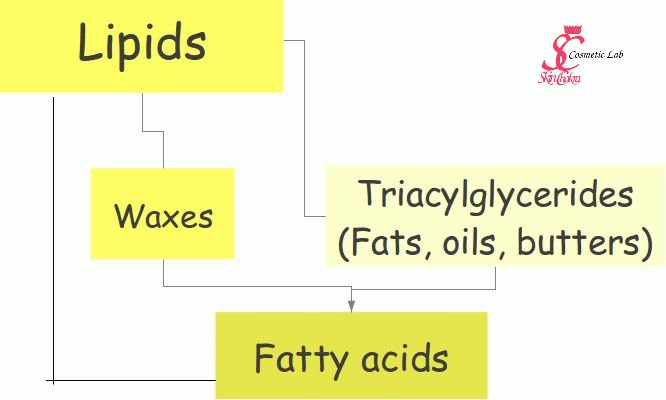
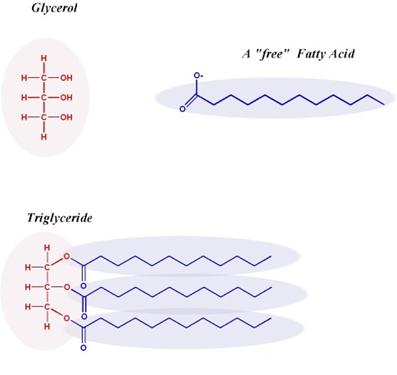
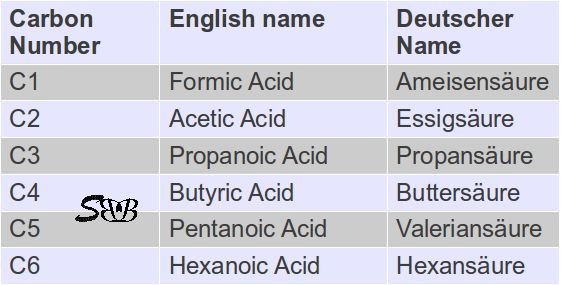

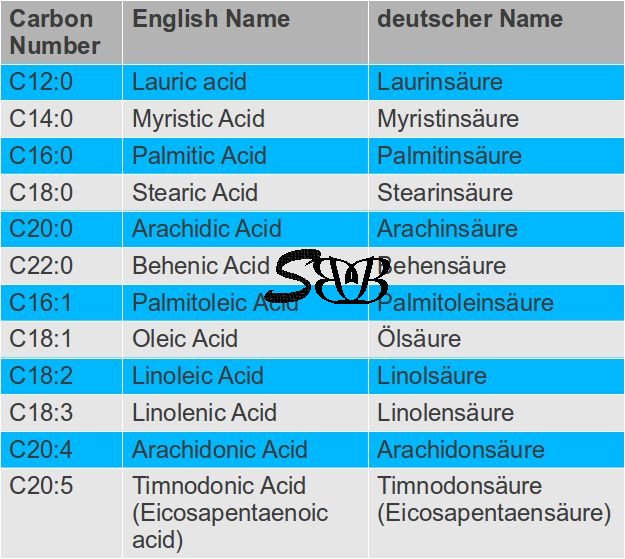
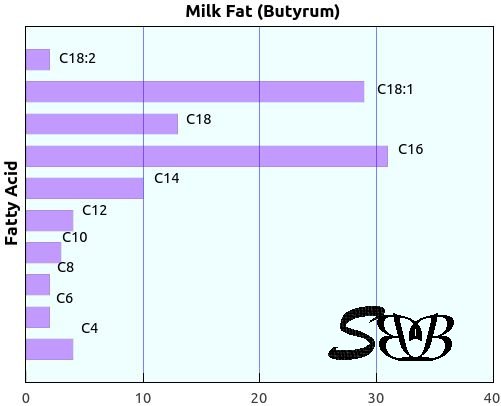



Swettis Beauty Blog am : Butters, Fats, Oils and Co. (part III)
Swettis Beauty Blog am : Butter, fats, oils part V